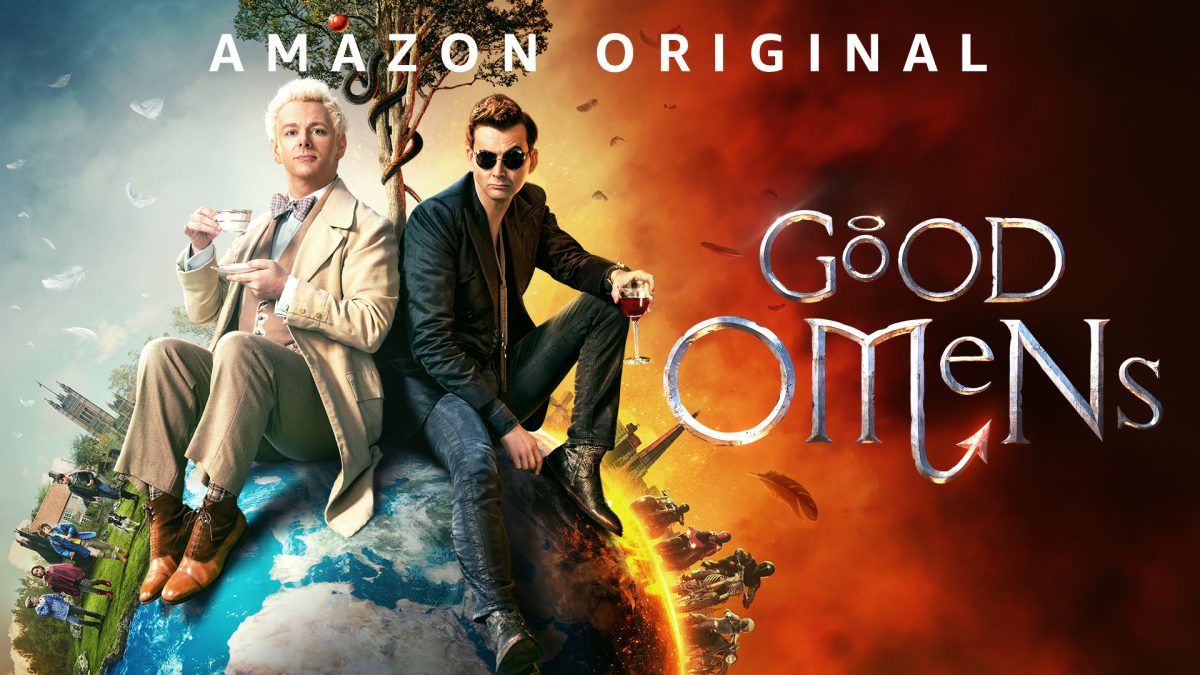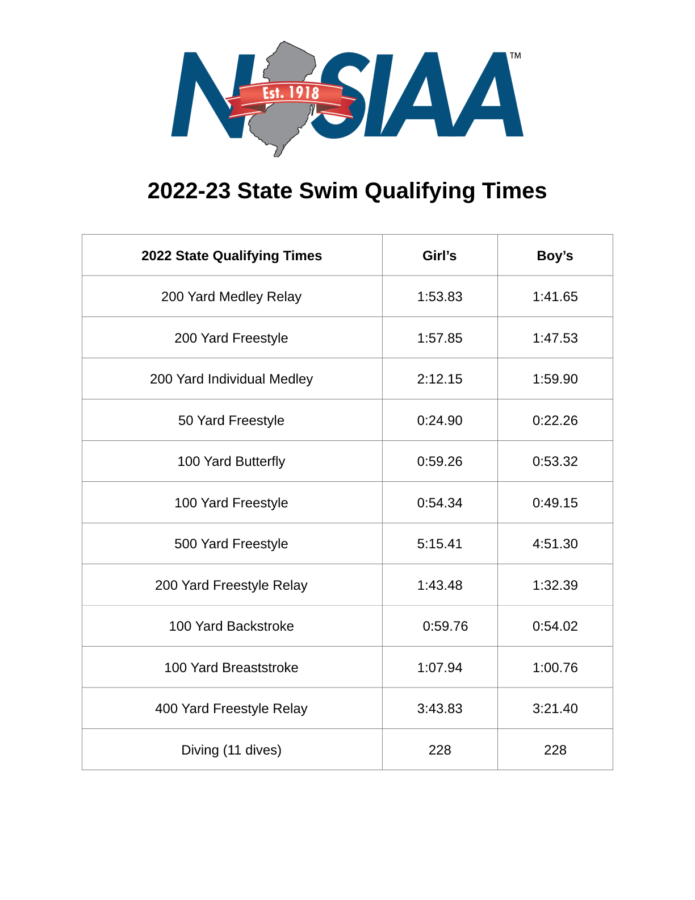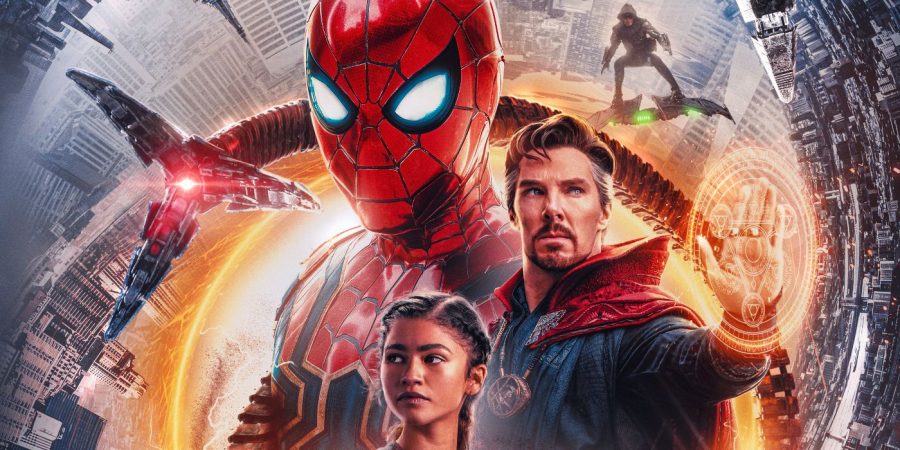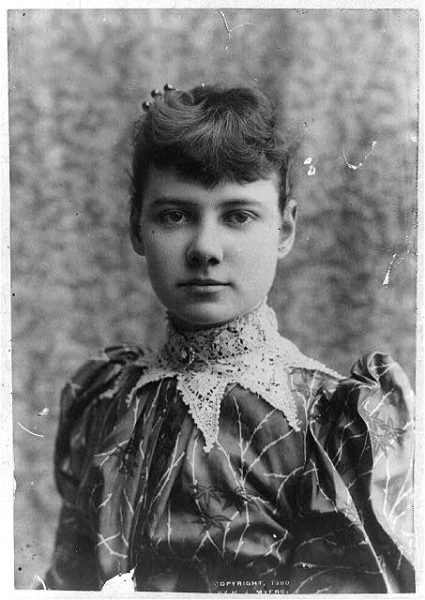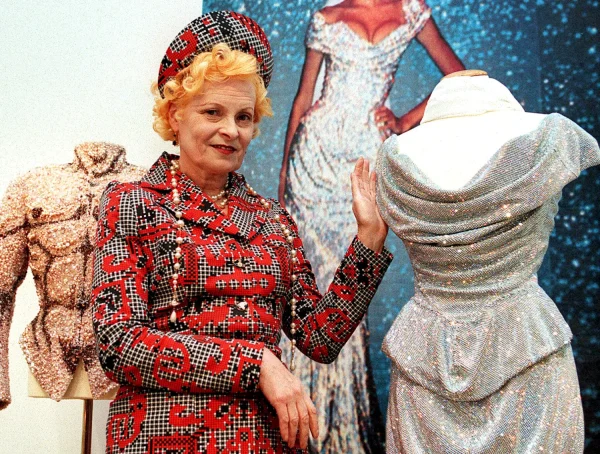Tangled Up In Perfection
Spider-Man: No Way Home is a Fitting End to Peter Parker’s Coming-of-Age Story.
★★★★☆
Leaks, spoilers, a worldwide pandemic, and plenty of hype. Going in, all the odds were stacked against Spider-Man: No Way Home. A film that I was sure would disappoint ended up being not only one of the best Spider-Man movies but one of the best Marvel movies ever made.
No Way Home, the conclusion to the Marvel Cinematic Universe’s Spider-Man trilogy, was the most anticipated film of 2021. On release day, the theater had signs displaying that every showing was sold out. Even when I went back the next week, every seat in the house was taken, and the parking lot was jam-packed. In the leadup to its release, the film was heralded as “Spider-Man: Endgame”—a reference to it being on the level of Avengers: Endgame, the conclusion to the Avengers franchise that was the second-highest grossing movie of all time.
But Endgame was the finale to a series that already had an epic scope. No Way Home has a lot more on its plate. It’s a sequel to two low-stakes high school comedies, and has to accommodate a sharp tone shift and a much larger scale, all while acting as a meaningful conclusion for Tom Holland’s Peter Parker. That it succeeds at all is astonishing—that it’s actually better than Endgame is nothing short of a miracle.
No Way Home picks up immediately where Spider-Man: Far From Home left off, with Spider-Man’s secret identity being revealed to the world. Out of desperation, Peter asks the sorcerer Dr. Strange (Benedict Cumberbatch) to make everyone forget that he is Spider-Man. Naturally, the spell goes horribly wrong. Soon enough villains from the Spider-Man and Amazing Spider-Man films—Green Goblin (Willem Dafoe), Doc Ock (Alfred Molina), Sandman (Thomas Haden-Church), the Lizard (Rhys Ifans), and Electro (Jamie Foxx)—appear in the film’s universe, and Peter has to stop them.
With a grand total of five supervillains, No Way Home seemed poised to follow in the footsteps of Spider-Man 3 and The Amazing Spider-Man 2, both criticized for being overstuffed and featuring too many bad guys. No Way Home avoids that fate by keeping its focus squarely on Peter Parker. The film is the story of a boy becoming a man, and Tom Holland’s performance is the key to its success. Holland carefully balances his character’s old innocence with a newfound, visceral grief and rage. His performance is gutwrenching. By the film’s end, Peter Parker has matured into a true hero who understands the painful consequences of doing the right thing. He is nigh-unrecognizable as the awkward, fanboying teenager we met in Captain America: Civil War.
Fittingly for the end of a coming-of-age trilogy, every element of the film has grown significantly since Spider-Man: Homecoming. Zendaya’s MJ and Jacob Batalon’s Ned Leeds feel as though they’ve truly come into their own, and director Jon Watts’ camerawork and composition is more experimental and artistic than ever. Michael Giacchino’s score, which in Homecoming was light and fluffy fun, has matured with the films into something dark, choral, and melancholic.
Even the elements from older Spider-Man films have evolved. The real standout is Dafoe’s Green Goblin. Somehow managing to improve on his iconic performance from Sam Raimi’s Spider-Man, Dafoe imbues the role with malice, and every moment with him on screen is unbelievably tense. These elements undoubtedly exist for the fanservice. But it’s the kind of fanservice Marvel does best, where it’s woven into a genuinely compelling narrative. Each character who’s been brought back is treated like a person instead of a plot element. They’re even given closure that they could not reach in their own films, all without overshadowing Holland.
No Way Home is admittedly not hard to nitpick. It’s messy. Some of the scene-to-scene tone changes are pretty jarring. The pacing is so blisteringly fast that it feels like one hour instead of two and a half—which is both a blessing and a curse. But everything that the film lands lands so unbelievably well that it’s difficult for its flaws to have much of an effect. There are so many moments of both pure joy and genuine tragedy. The ending especially intertwines the two perfectly. Though it brought me to tears in the theater, the sheer optimism at its core left me smiling for days afterwards.
Of course, that’s all coming from someone who’s seen, and is at least a little attached to, all of the Spider-Man films. To its credit, the film is friendly to non-devotees. It provides context for the multiversal characters’ pasts and motivations so you aren’t left in the dark. My mother, for example, has only ever seen the MCU films and Spider-Man 2. While some of the fan-favorite moments might have gone over her head, she really enjoyed No Way Home—and you can too.
That being said, No Way Home is still by far the best release from Marvel this year, and arguably one of the best of their entire catalog. If this film is a glimpse into the future of the MCU, then we have a lot to look forward to.
Spider-Man: No Way Home has a 94% rating from critics and a 98% audience rating on Rotten Tomatoes.











